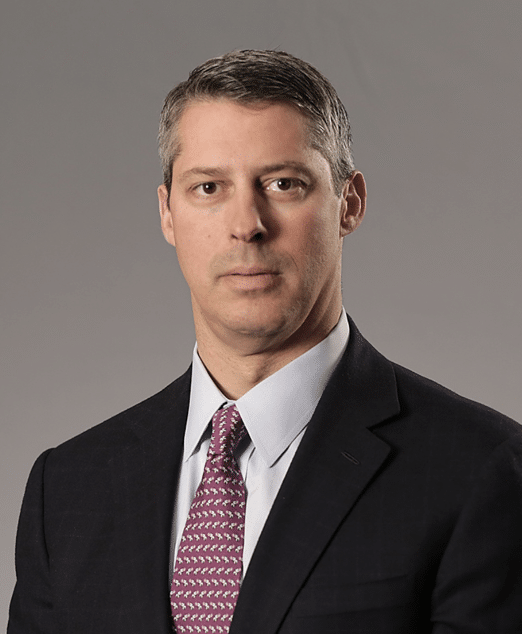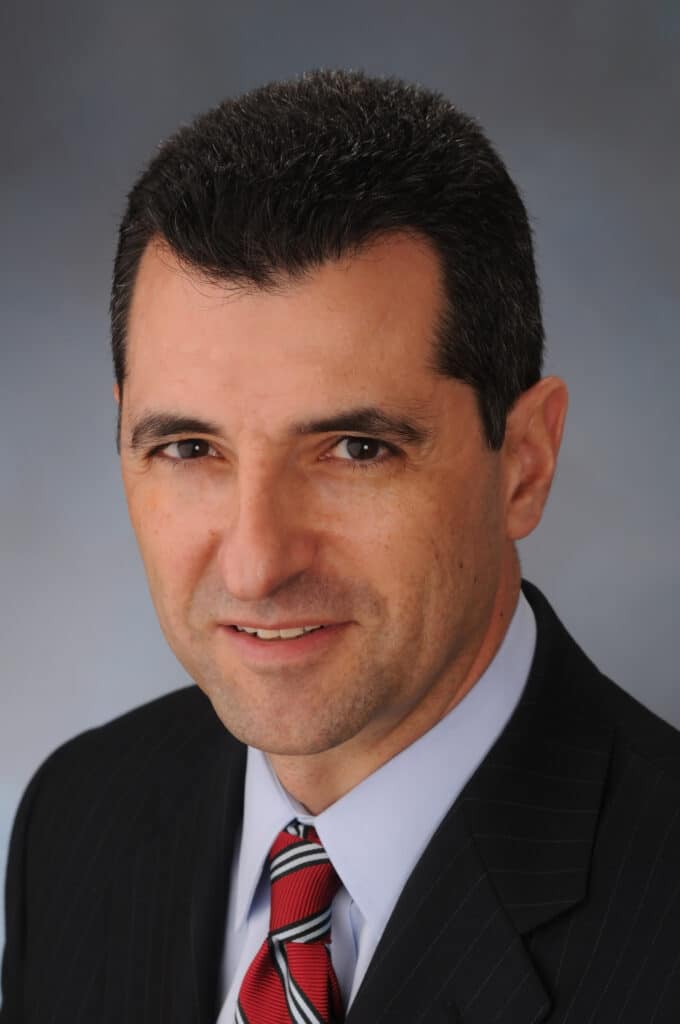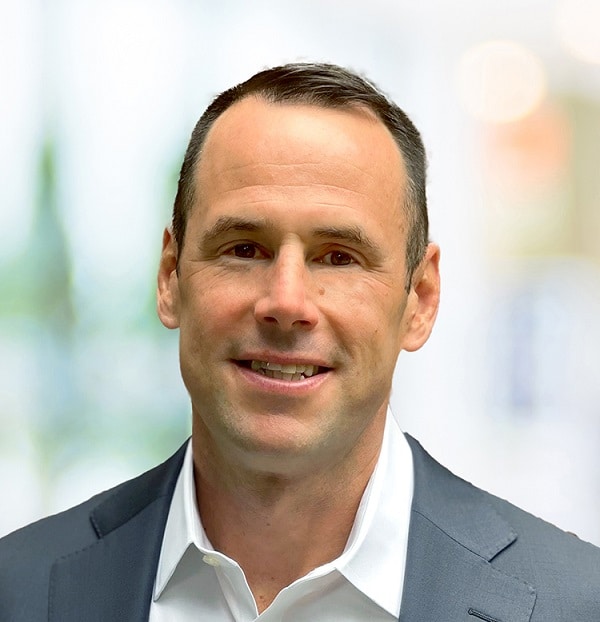Pershing Square Holdings, noted that Pershing Square Capital Management, L.P. (“PSCM”), which serves as PSH’s investment manager, announced a sale to strategic investors of a 10% common equity interest in Pershing Square Holdco, L.P., a newly formed limited partnership that owns 100% of PSCM.
In connection with the transaction, PSCM is completing an internal reorganisation of its ownership structure (the “Reorganisation”) resulting in the voting securities of Pershing Square being indirectly owned by a limited liability company (“the LLC”), an entity which is controlled by senior management of Pershing Square including Bill Ackman who is the largest shareholder of the LLC.
Although PSCM will remain the Company’s investment manager and its counterparty under the Investment Management Agreement (the “IMA”), the Reorganisation will result in a deemed assignment of PSH’s IMA for the purposes of the Investment Advisers Act of 1940, which requires the consent of the PSH board. The PSH board has agreed to approve the deemed assignment of the IMA in accordance with the terms of the IMA and PSH’s Articles of Incorporation since it will have no impact on PSCM’s management team and its role in managing PSH, and PSCM’s obligations under the IMA will be unchanged.
The text of PSCM’s release is set forth below:
Pershing Square Capital Management, L.P. Announces Sale
of 10% Common Equity Interest for $1.05 Billion to Strategic Investors
Pershing Square Establishes Independent Board of Directors
New York, June 3, 2024 //- Pershing Square Capital Management, announced the primary sale of a 10% common equity interest in Pershing Square Holdco, L.P. (“Pershing Square”) – a newly formed limited partnership that owns 100% of PSCM – for a purchase price of $1.05 billion to a consortium of strategic investors including Arch Capital Group Ltd., BTG Pactual, Consulta Limited, ICONIQ Investment Management, Menora Mivtachim Holdings, an international group of family offices, and other investors.
“We are delighted to invite a group of world-class, long-term partners as investors in our business, which has been entirely owned by Pershing Square employees since our inception more than 20 years ago,” said Pershing Square Founder and CEO Bill Ackman. He continued: “This new investment will help accelerate our growth in assets under management in existing and new strategies. As always, Pershing Square will remain intensely focused on generating high, long-term returns for our investors.”
Concurrent with the closing of the minority investment, Pershing Square has established an independent Board of Directors consisting of five independent directors and four affiliates of PSCM. The independent directors are Kerry Murphy Healey, President Emerita of Babson College; Orion Hindawi, Executive Chairman of Tanium; Marco Kheirallah, partner at Lumina Capital; Nicholas Lamotte, Executive Chairman of Consulta; and Christine Todd, Chief Investment Officer of Arch Capital Group. The affiliate directors are Bill Ackman, Chairman and CEO; Ryan Israel, CIO; Nick Botta, Vice Chairman; and Halit Coussin, Chief Legal Officer.
In connection with the transaction, PSCM is completing an internal reorganization of its ownership structure (the “Reorganization”) which will result in the voting securities of Pershing Square being indirectly owned by a limited liability company (“the LLC”), an entity which will be controlled by senior management of Pershing Square including Bill Ackman who is the largest shareholder of the LLC.
The Reorganization will result in a deemed assignment under the Investment Advisers Act of 1940, but will not affect PSCM’s provision of investment management services to the funds managed by PSCM. The purpose of the reorganization is a technical one, that is, to minimize the likelihood of any future deemed assignment, an issue that was important to resolve in connection with the strategic sale transaction. In connection with the Reorganization, each of PSCM’s funds, including Pershing Square Holdings, Ltd., approved the deemed assignment of its Investment Management Agreement. The approval of the assignment will have no impact on PSCM’s management team and its role in managing the Pershing Square funds.
Also, in conjunction with today’s announcement, Ben Hakim has been appointed as President of PSCM in addition to his continuing role as a member of the Investment Team. Mr. Hakim, a Partner at Pershing Square, joined the Investment Team in 2012 following 13 years at The Blackstone Group where he was a Senior Managing Director. Nick Botta will become Vice Chairman of PSCM and join the Pershing Square board. He previously served as President of PSCM.
BofA Securities, Citigroup, Evolve, Jefferies, and UBS Investment Bank served as placement agents, and Sullivan & Cromwell LLP and Simpson Thacher & Bartlett LLP served as legal advisors to PSCM on the transaction. Skadden, Arps, Slate, Meagher & Flom LLP served as legal advisor to the U.S. placement agents on the transaction.
Kerry Murphy Healey
Kerry Murphy Healey is President Emerita of Babson College and a lecturer at Princeton University, School of International and Public Affairs. Healey serves as an independent director and Chairperson of the Sustainability and Corporate Responsibility Committee of the Apollo Global Management Inc. (NYSE: APO) Board of Directors. She is also a director and Chairperson of the Governance Committee for Marti Technologies (NYSE: MRT). Dr. Healey served as an independent director of the Apollo Asset Management, Inc. Board from March 2021 through December 2021.
Dr. Healey was the inaugural president of the Milken Center for Advancing the American Dream in Washington, DC, from 2019-2022. Dr. Healey served as the President of Babson College from 2013-2019. Before coming to Babson, she served with distinction as the 70th lieutenant governor of Massachusetts from 2003 to 2007, where she worked to lead, enact, and implement a wide range of policy and legislative initiatives for the Romney-Healey Administration. In 2008, Dr. Healey was appointed by Secretary of State Condoleezza Rice as a founding member of the Executive Committee of the U.S. State Department’s Public-Private Partnership for Justice Reform in Afghanistan (PJRA), a position to which she was later reappointed by Secretary of State Hillary Clinton.
Prior to her public service, Dr. Healey worked for more than a decade as a public policy consultant to the United States Department of Justice for Cambridge-based think tank Abt Associates. Dr. Healey holds an AB in government from Harvard College and a PhD in political science and law from Trinity College, Dublin. She has been a fellow at the Harvard Kennedy School’s Institute of Politics and Harvard’s Center for Public Leadership. She is a member of the Council on Foreign Relations and the Trilateral Commission, and a trustee of the American University of Afghanistan and the American University of Bahrain.
Orion Hindawi
Orion Hindawi is the Executive Chairman and former CEO of Tanium, a private venture-backed endpoint management and cyber security company. Orion co-founded Tanium in 2007 and serves as its executive chairman. Orion drives the strategic vision and technical innovation at Tanium, as well as engagement with its strategic partners and customers. A technology visionary and accomplished inventor, Orion has led the development of enterprise-scale endpoint security and management platforms for the past 18 years at BigFix, Inc. (acquired by IBM in 2010) and Tanium, in addition to holding multiple software patents in network communications and systems management. Orion works closely every day with Tanium customers in pursuit of inventing new approaches for solving the significant challenges IT departments face securing and managing large, global enterprise environments.
Marco Kheirallah
Marco Kheirallah is a founding partner at Lumina Capital, a special situations investment firm founded in 2022 in Brazil. Prior to Lumina beginning in 2010, he was the Founder and Managing Partner at SIP Capital Fund. Marco also served as the Chief Financial Officer at PDG Realty from 2012 to 2015. Marco was a Partner at Banco Pactual from 2001 to 2009 and at Banco Matrix from 1996 to 2001. He also served as a Trader at Banco Opportunity from 1994 to 1996 and at Banco BCN from 1992 to 1994. Marco received his bachelor’s degree in Business Administration from Fundação Getulio Vargas, EAESP.
Nicholas Lamotte
Nicholas Lamotte is the Executive Chairman of Consulta Limited, a value-oriented investment firm. Mr. Lamotte was appointed Executive Chairman in 2024, having served as Chairman of the Board since 2019. From 2008 to 2019, Mr. Lamotte served in various roles at Consulta, including Chief Executive Officer and Executive Chairman. Prior to joining Consulta, Mr. Lamotte was an analyst at Halcyon Asset Management from 2006 to 2008 and an analyst at Goldman Sachs from 2005 to 2006. Mr. Lamotte received a Bachelor of Arts from Brown University, where he graduated magna cum laude and was elected to Phi Beta Kappa. Mr. Lamotte has completed the Owner/President Management program at Harvard Business School and has endowed the Nicholas M. Lamotte Scholarship for Business, Entrepreneurship and Organizations at Brown University.
Christine Todd
Christine Todd is Executive Vice President, Chief Investment Officer of Arch Capital Group Ltd. and President of Arch Investment Management Ltd. She joined Arch in June 2021 and has responsibility for setting the firm’s investment strategy and managing the day-to-day operations of the investment portfolio. Prior to joining Arch, Ms. Todd was Head of Fixed Income, U.S., for Amundi US from February 2019 to May 2021. She has also held executive roles at Neighborly Investments; Standish Mellon Asset Management Company LLC; and Gannett, Welsh & Kotler. She is a Chartered Financial Analyst and holds a B.A. from Georgetown University and an MBA from Boston University.
Source: Pershing Square






















Shifting the Landscape: How Our 2024 Conference Title Points to the Present and Future of STA
By Jim Hyde, NYSE
2024 STA Chair
As this year’s STA Chair, I am very pleased to announce the theme of our 91st Annual Market Structure Conference: Shifting the Landscape.
Shifting the Landscape is an appropriate theme for our flagship event as our industry responds to the typical and atypical forces that impact our market structure. Regulatory agendas and new innovations that promote investment activity and disrupt entrenched business models are a daily occurrence for us. However, today these influences are more ambitious and powerful than what we have encountered in the past. With a Presidential election at the backdrop of a wide and once-in-a-generation range of geopolitical events, Shifting the Landscape illustrates where we are as an industry, and the imperative need for proactive adaption.
Set for September 18-20 at the JW Marriott Grande Lakes Orlando, this year’s event promises to be our most exciting yet! In addition to hosting an outstanding group of broker-dealers, exchanges, buy-side firms, regulators and solution providers, we are thrilled to offer an array of new opportunities to make the most of your time while at the conference. The sprawling Grande Lakes Orlando property, which will allow for a Golf Tournament at the esteemed Ritz-Carlton Golf Club and poolside networking events that fit seamlessly alongside our regular program, will enable us to do exactly that.
As we start to build out the program, you can expect that this year’s conference will be organized under the same guiding principles as in the past: best content, best networking and best value.
To those sponsors who have already committed to sponsor STA in 2024, a sincere Thank You! We are grateful to earn your support. Each level of sponsorship comes with complimentary registrations. If you don’t see your company’s name listed below among the 78 organizations that have already sponsored, contact us today!
So mark your calendars and save the date for the market structure event of 2024. We look forward to welcoming everyone in Orlando, Florida, quite literally a new landscape, as we host three days of content and networking.
Conference registration and the JW Marriott room block will open in late June, but sponsorships are available now!
Until then, enjoy your Summer!